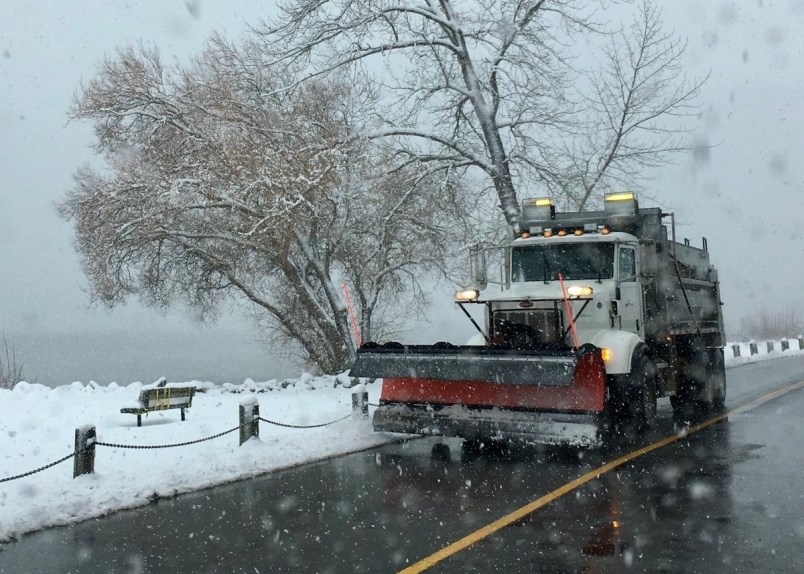WorkSafeBC is warning drivers of icier and snowier roads this winter because of a forecast La Nina weather pattern.
Crashes double in winter because of drivers going too fast, according to ICBC.
And WorkSafeBC statistics show 28 per cent of work-related crashes that result in injury and time-loss claims occur between November and January.
Normally, crashes from driving too fast rise across the province to an average of 220 in December from an average of 99 in September.
In the Lower Mainland, this number rises to 260 in December from an average of 140 in September.
The Winter Driving Alliance is encouraging drivers to plan ahead, slow down, maintain a safe distance to vehicles ahead, do a pre-season maintenance check and even take some winter driving training.
The Winter Driving Alliance is offering a free webinar on practical driving tips on Wednesday, Nov. 4. To register, click here.
WorkSafeBC points out employers have a legal responsibility to ensure the health and safety of their employers who drive for work, whether it’s in a company-owned or a personal vehicle.
“Most employers in B.C. have workers that drive for work—whether full-time like truck or taxi drivers, or as part of their job like salespeople, community health nurses, or trades workers,” said Al Johnson, head of prevention services at WorkSafeBC. “Employers should start preparing now by accessing resources through the Shift into Winter website to ensure their workers have the information and tools they need to drive safely this winter.”
They have provided resources to reduce risks at ShiftIntoWinter.ca.
This article was originally published by Richmond News.




